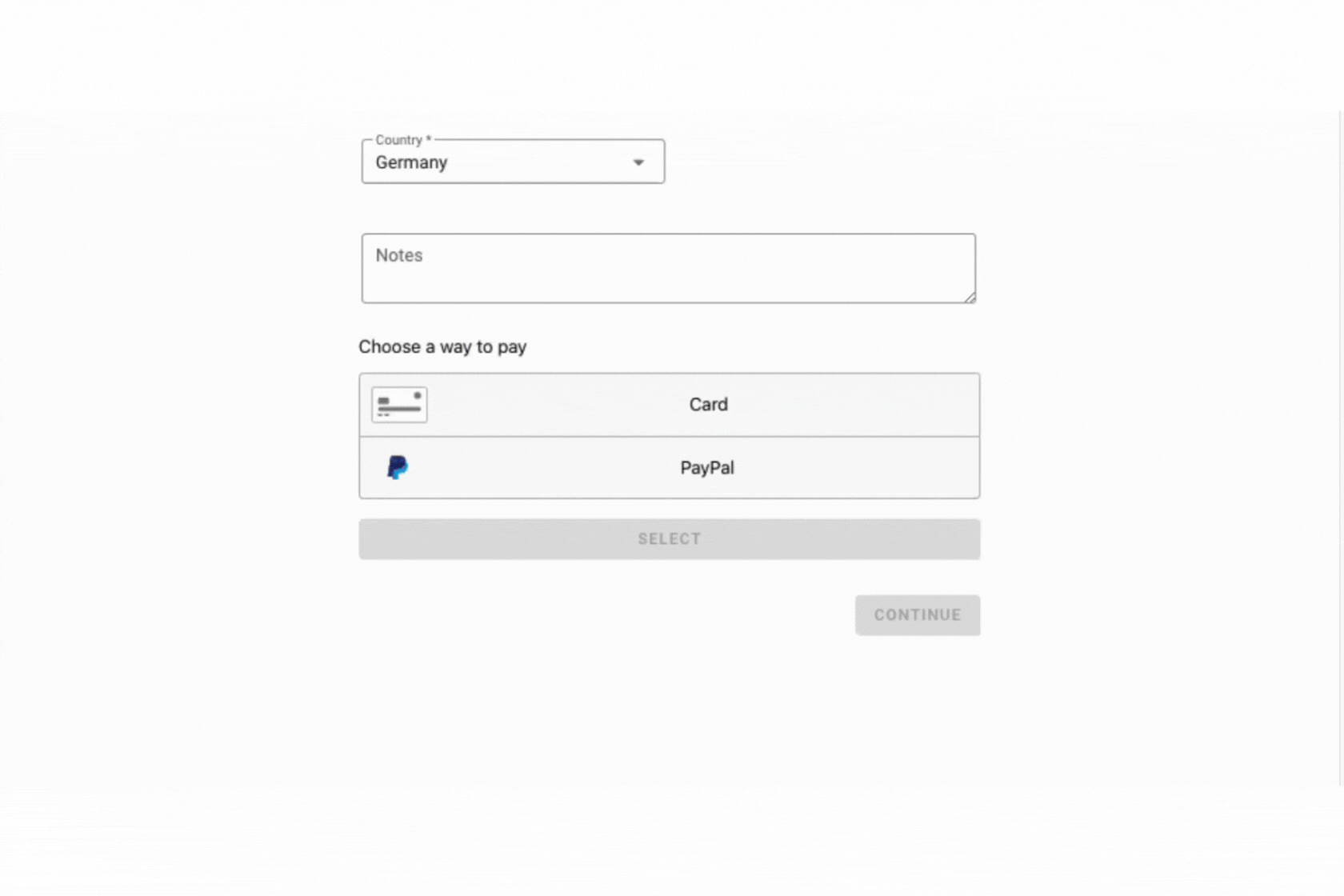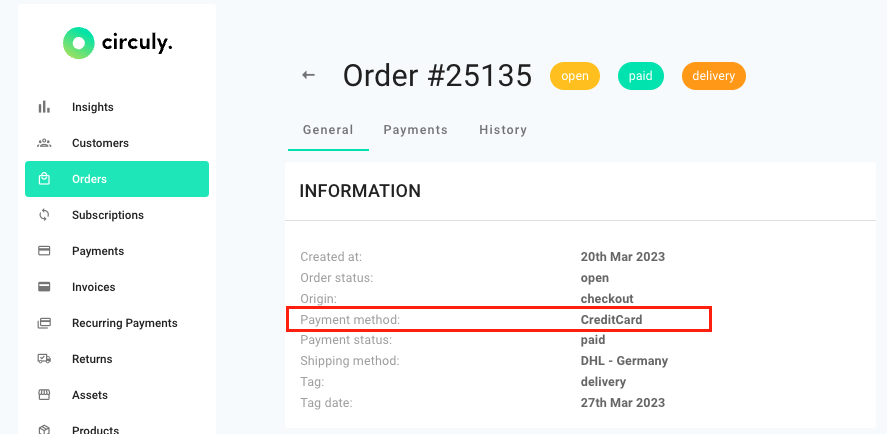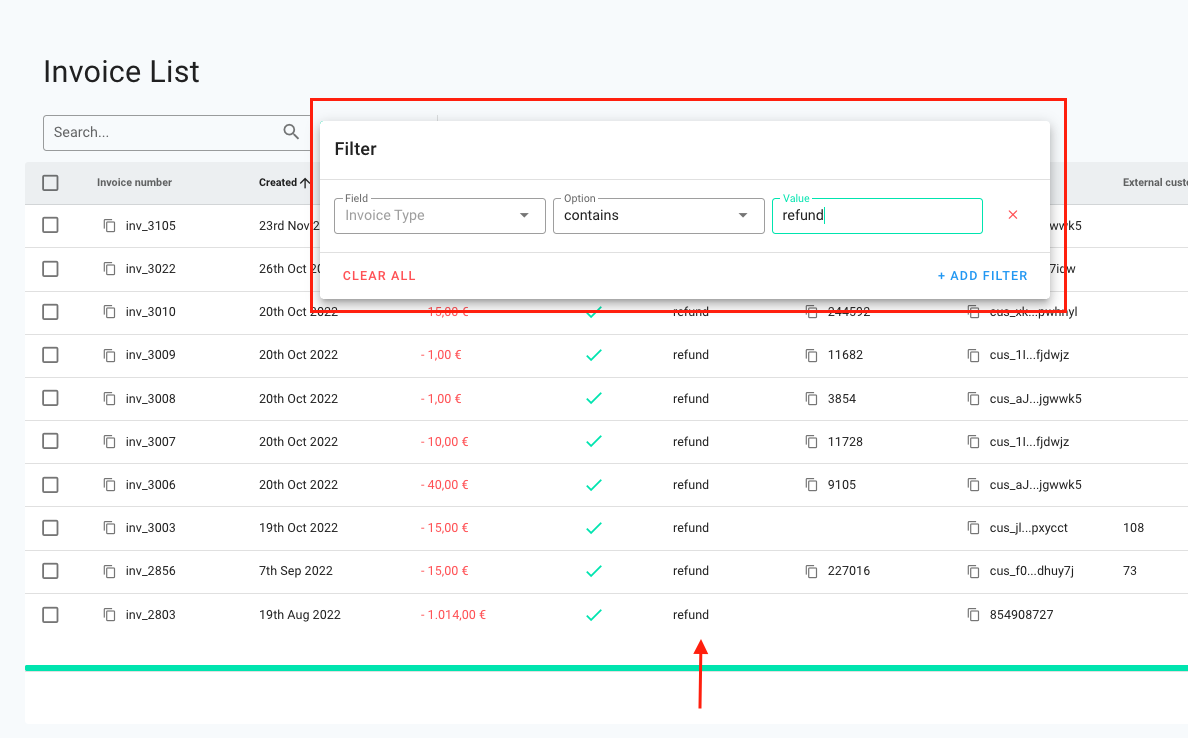Bookkeeping for a Subscription Business
Introduction
Bookkeeping is an essential process for managing the financial transactions related to your subscription-based services or products. In a subscription business, it’s crucial to track and record various payment events, such as initial payments, recurring payments, one-time payments, refunds, and invoice management. Understanding how to set up and manage these financial transactions within circuly can help streamline your operations, ensure accurate record-keeping, and provide insights for forecasting revenue.
Bookkeeping in a subscription business involves recording and managing the financial transactions related to the recurring revenue from subscription-based services or products.
- Understanding how circuly gets access to the payment method of your customer
- Different types of payments and how they are triggered
- Failed payments: Setup
- Refunds in circuly
- Invoices in circuly
- Invoices: Trigger and setup
- Invoice download and export
- Understanding payment status
- Revenue forecasting
How circuly gets access to your customer's payment data
When your customers goes through your checkout, select a payment method and enter their payment details - Your customer goes over your checkout and places an order by adding their payment details and finalising the order. They select a payment method and add their payment details.

Note: The payment methods that are displayed on the checkout depend on the Payment Service Provider you use.
A payment profile is created - as soon as the customer is on on the Order confirmation page, a payment profile is created in circuly and in your connected Payment Service Provider.

Note: circuly never gets any access to the payment information of the customer and also doesn’t park any payments. Circuly only creates a payment token and triggers your Payment Service Provider to charge the payment. Any payment that is successfully charged, goes directly to your connected account.
Different types of payments
In circuly there are three types of payments:
- Initial payments
- Recurring payments
- One-time payments
Every payment initiated in the circuly Hub has an email template attached to it. All payment-related email templates are sent with an invoice, which make use of the invoice email templates.

Here’s an overview of the email templates triggered by the three types of payments in the circuly Operations Backend:
- Initial payment: Payment was successful and invoice
- Recurring payment: Your invoice and invoice
- One-time payment: Your invoice and one-time transaction

Access the Miro board about Email Templates and their triggers.
Initial payment
Trigger: Typically automated and can be manual.
Associated email templates: Payment was successful and Invoice.
Initial payment is the payment that is due when an order is placed. The initial payment often refers to the first recurring payment plus any other payment (setup, shipping, additional products) you charge when a customer places an order on your checkout page. Typically the initial payment is triggered and charged automatically. However you can choose not to charge the initial payment in the checkout and delay the charge, (delayed charge) until a later point in time. When you do so, you’ll have to charge the initial payment manually.
Note: Typically subscriptions can only be created if the initial payment is successfully charged. This is the case bacuse any failures in charging the initial payment indicate that their might be problems with charging the recurring payments in the future.
You can choose to create a subscription even if the initial payment is not charged yet. In order to do that, you need to enable the Setting that allows you to create subscriptions for unpaid order or order without an initial payment.
Important: the option to delay the initial payment is available only for Stripe and Braintree users.
Recurring payments
Trigger: automated
Associated email templates: Your invoice and invoice.
Recurring payments are the payments that have a schedule behind them and are charged on a recurring basis depending on the frequency such as daily, weekly, monthly or yearly.
In circuly the monthly subscription fees are charged from the saved payment method of the consumer automatically.
Note: Recurring payments can be manually charged. The option to charge a recurring payment manually is typically used when you want to charge a recurring payment ahead of its planned schedule or charge date or if there is any kind of problem in charging the recurring payment automatically. Learn more about charging a single recurring payment in the circuly Operations Backend.
One-time payments
Trigger: manual
Associated email templates: Your invoice and one-time transaction.
One time payments are payments that do not have schedule or frequency behind them and are charged manually by a circuly user from the circuly Operations Backend. The reason for charging the recurring payment can be anything from repair charges to additional services offered.
Refunds in circuly
In the circuly Operations Backend you can initiate partial and full refund. Refunds are triggered manually and the refund action also makes use of the Email Templates to inform the customer about the refund. When you perform a refund action, the transaction refund email template is triggered. The transaction refund email is sent together with an invoice, for which the refund invoice email template is used.
Invoicing in circuly
Invoices are generated for payment-related actions such as initial payments, one-time payments, recurring payments and refunds. An invoice is also generated if you cancel an invoice, make corrections on the invoice and if you retry failed payments.
Possible ways on sending invoices to your customers
With circuly you have two options when it comes to sending invoices to your customers.
- Via your own bookkeeping tool - you can connect your bookkeeping tool via webhooks to circuly or via your shop system so that the invoices can be sent to the customer as soon as a new payment is upcoming. This has the following implications or things you should keep in mind:
- Your customers will not be able to view and download the invoices in their self-service portal.
- The invoice number itself will differ. The invoice generated in circuly will have a circuly generated invoice number and this will not be the same as the invoice generated by your bookkeeping tool.
- Via the circuly Operations Backend - alternatively you can let circuly take care of generating and sending invoices to your customers. Your customers will also be able to see and download the invoices in the self-service portal.
Invoice: Trigger and setup
Invoice Trigger
In the circuly Operations backend, invoices are available as templates in the Email Templates tab. Invoices are categorised based on the purpose such as one-time invoice for one time payment, refund invoice for refunds etc, and are triggered in combination with the Email Template it replies on.
You can enable circuly's default templates to get an idea about the information the different email templates typically contain.
Invoice Setup
Invoice email setup
In the circuly Operations Backend email templates are CSS and HTML based which gives you complete freedom to set up the email templates to fit your brand identity. If CSS and HTML are not your strongest suite, you can use the default templates of circuly and change the logos, and colour scheme to make the email fit your brand identity.
Note: Every email templates has a list of available variables that can be used while setting up the email templates. You can only use variables that are available.

Learn more about setting up email templates in the circuly Operations Backend.
Invoice data setup
The numeration scheme of the invoice is customisable and can be setup in the Settings. To do the setup go to Settings > Invoice & payments > INVOICE SETUP > Add your custom values to the given input fields.
Note: The invoices are date-to-date invoices meaning the performance period for each monthly payment is exactly thirty days. The performance period starts whenever the subscription is started - so at subscription start date + 30 days.
Pro tip: If this makes the bookkeeping processes too complicated to have varying performance periods that count into two months, we would advise to start each subscription on the first of the month. If a customer starts in the first half of the month, you could also start the subscription mid of the month and charge the remaining half of the month via a one-time payment to start recurring payments always on the first.
Invoices download and export
You can download the invoices by exporting them. You can use the filter function to only see invoices for a custom criteria.
Commonly used filter functions:
- Monthly invoices: Go to the Invoices tab > Click on the filter icon > Under field select “Created” > Under Date or DAte range select the date or date range > Click on Ok > The invoice list will then be filtered according to the given criteria.

- Downloading refund invoices: To download invoices for payments that have been refunded, use the filter function. In the invoices tab > Click on the filter icon > In Field select Invoice type > In option select contain > In value type “refund”.

Similarly you can filter the Invoice list for finding invoices for initial payment, buyout articles, recurring payments, cumulated invoices, one-time transaction and cancellation.
Revenue forecasting
To forecast revenue in a subscription business, ideally you needs to consider various factors that affect your revenue streams. Some of the key factors to consider include the number of subscribers, the price of the subscription, and the length of the subscription term. Other factor that may impact revenue include customer churn rate.
To create an accurate revenue forecast, businesses typically use historical data on their revenue streams and subscription trends, along with assumptions about future market conditions and customer behaviour.
However if your subscription business is new, you may not have a pool of historical data to play in.
Our recommendation therefore is to set up a minimum subscription duration (if it fits with your business case) for better financial planning.

